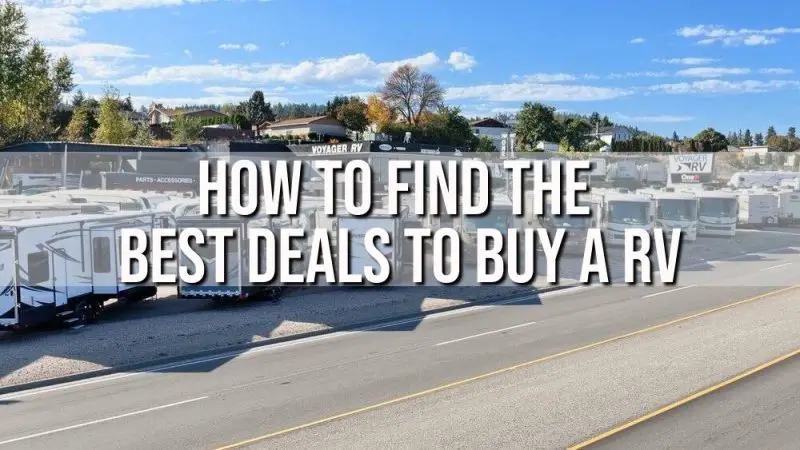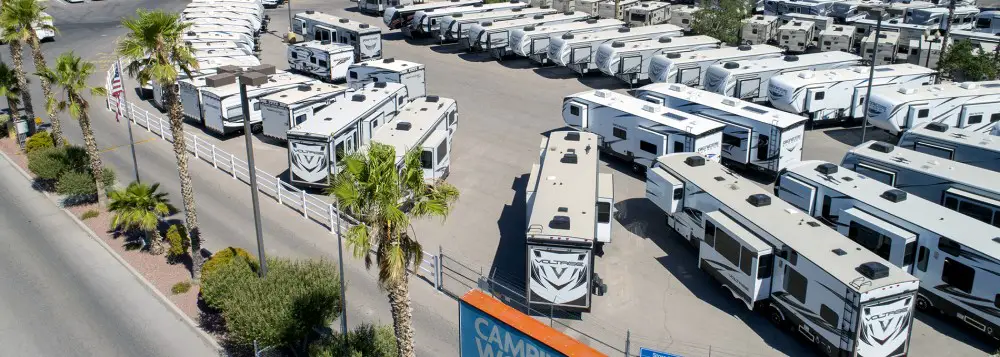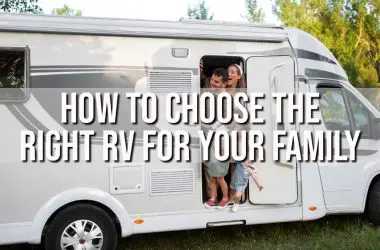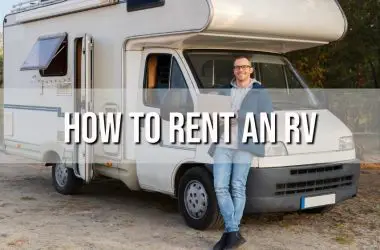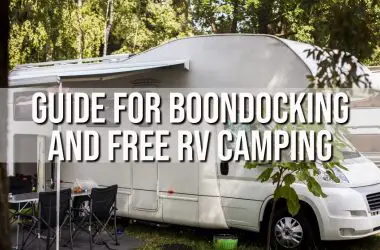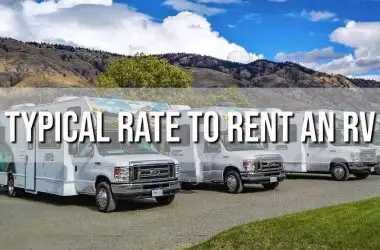To find the best deals to buy a RV, there are several key factors you need to consider. Buying a recreational vehicle is a major purchase, so you’ll want to make sure you find a high-quality RV at the lowest possible price. In this comprehensive guide, we’ll walk through the entire process of finding the best RV deals, from timing your purchase and researching different models to negotiating with dealers and financing your RV. Follow these tips to maximize savings and end up with the perfect RV at a price you can afford.
How to find the best deals to buy a RV? Finding the optimal deal on an RV takes research, planning, and patience. By educating yourself, weighing different purchase options, and timing your purchase right, you can save thousands on your new home on wheels. This guide will explore tips and strategies to land the lowest price on the RV of your dreams.
Key Takeaways
- Research RV models, features, and prices to determine the right option for your needs and budget
- Be flexible on timing and willing to buy late model used RVs or off-season to get better pricing
- Get pre-approved for financing and have your downpayment ready before visiting dealers
- Negotiate aggressively on the purchase price, interest rate, added features and fees
- Expand your search radius to access deals from a wider selection of dealerships
- Consider renting first to determine the right RV before committing to buy
Factors That Impact RV Pricing
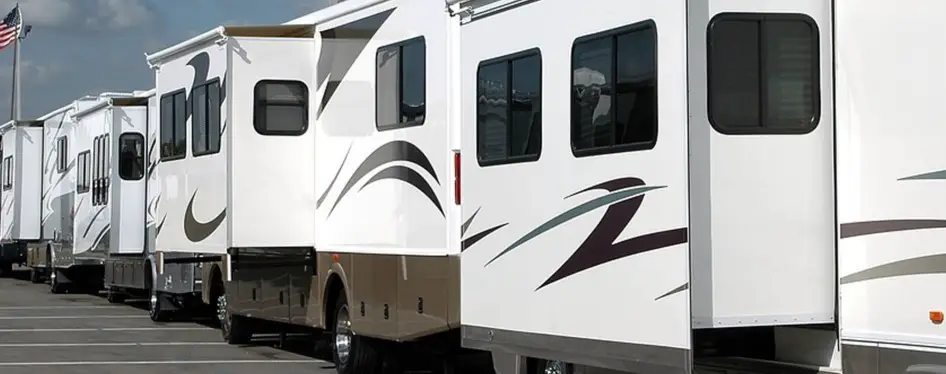
Several key factors impact the pricing and overall value of an RV. Being aware of these considerations will help you determine the right price range and model options when searching for the best deals.
New vs Used RVs
The most significant factor affecting RV pricing is whether you buy new or used. New RVs will come at a premium price, but offer the latest floorplans, features and technology. Meanwhile, used RVs have already depreciated significantly, so you can save 25-50% or more buying pre-owned. The tradeoff is you may not get all the latest updates and there could be more maintenance and repairs needed down the road.
When weighing new vs used, think about your budget, how long you plan to own it, and your tolerance for maintenance. If budget is a major constraint or you only plan to RV for a few years, buying used is likely the better option. Extended ownership or the security of a warranty makes new more appealing for some buyers.
Brand/Model
There is a wide range of RV types, from small towable campers to mammoth Class A motorhomes. Naturally, the brand, specifics features, size and build quality impact pricing across this spectrum. Simple budget trailers can start below $10,000, while decked out 45-foot diesel pushers run over $500,000 new.
Consider how you plan to use the RV (weekenders vs full-time), number of people/pets, and must-have features to narrow down the right category and individual model options. Setting a realistic budget for the RV class you need helps focus the search for deals in your affordability range.
Age/Condition
For used RVs, the age and overall condition greatly sway pricing and value. Well-maintained RVs less than 10 years old tend to offer the best balance of quality and affordability in pre-owned units. Model year also matters, as popular new features or redesigns can impact demand.
Carefully inspect any used RV under consideration to gauge wear and tear, needed repairs and how well it was cared for. Low mileage, minimal exterior damage, updated components and complete maintenance records boost resale value.
Supply & Demand
Like most large ticket purchase items, RV pricing follows basic supply and demand economics. When new RV manufacturing ramps up production and used inventory builds up, buyers benefit from lower costs. During periods of low supply but high interest in RVing, prices tend to rise.
Following RV industry trends and seasonal and geographic demand can assist with targeting periods and locations with advantageous supply and demand conditions for buyers. Being flexible and willing to travel farther opens up more options.
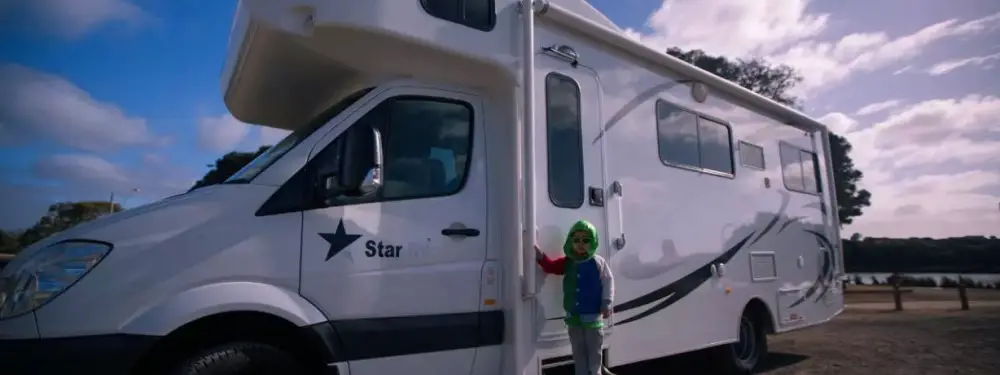
Purchase Options to Get the Best Deals
Smart RV buyers explore every possible purchase option to maximize savings potential. Avoid fixating on only one seller or sales channel. Casting a wide net increases your odds of securing the ideal RV at the lowest price point.
Private Sellers
Purchasing directly from a private owner eliminates dealer markup, allowing you to save significantly over comparable units at RV retailers. Sites like Craigslist, Facebook Marketplace and RVTrader.com feature private seller listings across all RV types.
The downside is you often lose out on a warranty, dealer support and the convenience of one-stop shopping. Make sure to get a qualified RV technician to thoroughly inspect any private seller unit before purchase.
RV Dealers
Licensed dealers provide professional sales and service support, but that customer experience comes with higher pricing in most cases. Dealers may offer warranties, extras like tech support and inspection certification, and facilitate add-ons like financing.
Pricing can be negotiated at dealerships, unlike fixed private party costs. Focus negotiations on the RV sale price, add-ons, fees, financing rates and terms, and bundling features and services to maximize savings at the dealer lot.
RV Shows & Events
Attending a local or regional RV show allows you to comparison shop and even make special ordered purchases directly from dealers at discounted show prices. Dealers are more motivated to move inventory at these events.
Show specials combined with thorough negotiation can yield some of the lowest prices outside of buying private party. You also gain the benefit of seeing numerous floorplans and models in one place, making it easier to determine the right RV for your needs.
Online RV Retailers
The rise of ecommerce has brought RV shopping online, with sites like RVOneSuperstore, Camping World and RVUniverse featuring large inventories shoppers can browse from home. Online RV retailers may offer more competitive pricing by passing on overhead savings.
However, lack of ability to see the RV in person and no room for face-to-face negotiation are downsides to weigh. Make sure to thoroughly vet return policies, specifications and condition ratings before purchasing an RV online sight unseen.
Auctions & Wholesale Listings
For maximum savings potential, consider buying from a wholesale RV trader or auction company. Sites like AuctionTime.com and rvwholesalecenter.com offer dealer-only inventory sold at wholesale pricing to buyers willing to perform any needed reconditioning.
Units sold via auction or wholesale tend to need more repairs and lack warranties, but can be fixed up for thousands below retail. This option works best for handy buyers able to take on restoration work themselves.
Rental to Purchase
Some dealers and peer to peer RV rental platforms allow you to apply a portion of rental fees towards buying the RV. This unique option gives you the experience of using the RV before purchase. Just be sure to study the fine print to understand any restrictions, like time limits on when the purchase credit expires.
Renting first provides an extended test drive to ensure the RV works for your travel style. Gain the confidence of living with the RV without full commitment, while sometimes saving substantially if opting to buy after the rental.
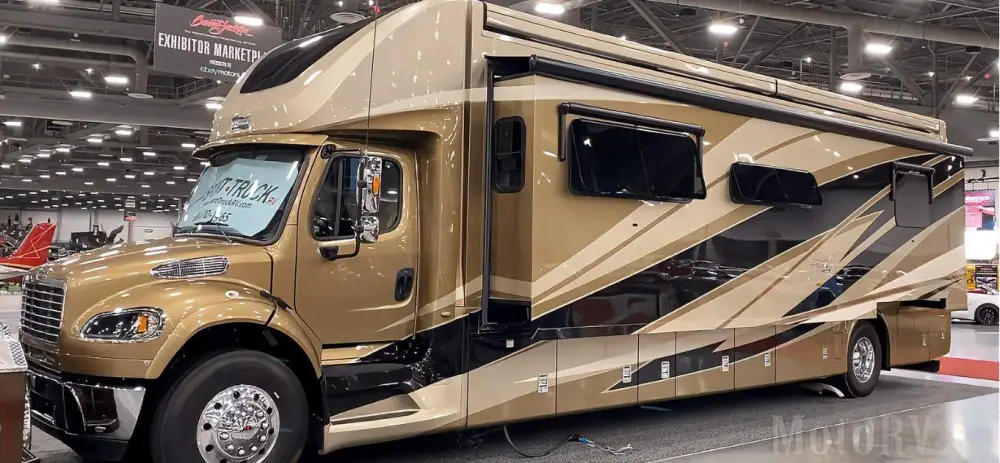
When to Buy an RV for Maximum Deals
Timing your RV purchase strategically can help uncover bargains and incentives unavailable other times of the year. Pay attention to trends in RV manufacturing cycles, seasonal demand shifts and model year changeovers to get the best price.
End of Summer
As kids return to school and warmer weather wanes, RV demand declines heading into fall. With fewer buyers in the mix, dealers become more motivated to make deals to reduce inventory before winter.
Late summer into early fall season is ideal for negotiating with dealerships ready to sell units at steep discounts compared to peak spring and summer prices. Less competition from other buyers gives you more leverage in securing the best possible offer.
Winter
Willingness to shop for RVs during colder months will pay off handsomely for buyers on a budget. Dealers face a dilemma of high inventory carrying costs and limited customer traffic in winter. Your serious interest as a buyer in November-February gives you the upper hand in price talks.
Added bargaining power in the low season means potential savings of thousands below typical spring/summer asking prices. You’ll also enjoy a less hurried, crowded dealership experience shopping in winter.
Model Year Changeover
Late summer is also advantageous timing due to the transition from current model year RVs to new model year versions. If you find leftover previous model year units still unsold, you gain big negotiating power for steep clearance discounts.
Dealers will be eager to sell remaining old model years at a loss to free up lot space for new inventory. Cash in on this off-season changeover rush by locking in ultra-low pricing on the prior model year.
Manufacturer Plant Slowdowns
Many RV factories slow or halt production at the end of each year into early January. This slowdown restricts supply to dealers right as spring buying season picks up. By purchasing during the manufacturing lull, you can take advantage of surplus inventory before renewed demand outpaces supply.
Position yourself on dealer lots during this timeframe, and you’ll encounter minimal competition from other buyers in the face of increased discounting. Getting ahead of consumer crowds can mean potential savings of 25% or more off peak prices.

Negotiating the Best RV Purchase Price
Finding the optimal RV at the right dealership or seller is only part of the savings equation. You also need to negotiate aggressively to get the absolute lowest price and best terms. Sellers rarely offer rock-bottom prices upfront, so skilled negotiation makes a huge impact.
Get Multiple Quotes
Negotiating leverage stems from shopping around for the most competitive offers. Contact multiple dealers and private sellers to request formal quotes for the RV model you want. Don’t settle for inflated MSRPs and listing prices.
Getting 3-5 quotes starting at the lowest price compels sellers to lower pricing to earn your business. Come armed with the lowest quote to pressure other dealers to beat or match it, driving down costs across the board.
Assess Flexibility on Price & Terms
Every seller has different levels of flexibility on elements like purchase price, fees, financing rates, and throwing in additional features or upgrades. Gauge where each dealer/seller has room to budge before countering with a lower offer.
Probe to see how much below asking price they are willing to go. Fees, loan terms, service plans and add-ons should all be up for negotiation to maximize savings. Bundle requests to get discounts on pricing packages.
Negotiate with Multiple Sales Reps
Don’t hesitate to repeat the negotiating process with different sales reps at the same dealership. Different reps may have more flexibility to negotiate discounted pricing as they have individual sales targets to meet.
Working with 3-4 different reps at a dealership can help score a lower price than sticking with just one salesperson. The reps will compete to earn your sale, using discounts and extras to entice you.
Offer to Pay in Cash
While financing may ultimately make sense for tax/cash flow reasons, mentioning your ability to pay cash can elicit a “cash discount” from the seller. Dealers in particular would rather earn a cash sale at a small discount than go through financing.
Being able to pay cash signals you are a serious buyer who is ready to close. Cash buyers also have more sales tax savings flexibility to negotiate since you can title in a lower tax state. Float the cash offer to maximize bargaining power.
Wait Until Month/Quarter End
Timing your negotiations around month end or quarterly sales goals can provide added leverage in rate and price discussions. Sales reps feel pressured to meet periodic sales targets, so serious buyers provide guaranteed commission opportunities.
Reps may bend further on price or throw in free add-ons if it pushes their numbers over a monthly or quarterly goalpost. Pay attention to these cycles for extra negotiation advantage.
Walk Out Over Price
If a seller won’t meet your target price, be prepared to walk out. Making clear you have other options forces dealers to reevaluate their position before losing a sale. Consider starting very low to anchor them on price before slowly increasing your offer.
Once you begin leaving, salespeople will typically ask you to wait and make a revised counteroffer. At a minimum this pause lets them know you won’t overpay. You can continue negotiation later if their new offer still misses the mark.

Financing Strategies for Optimal Deals
Securing affordable financing can determine whether buying a certain RV makes financial sense for your situation. Poor financing terms can negate any savings achieved through negotiation. Approach RV financing strategically using these tips.
Get Pre-Approved
Research national and local lender rates and let them complete comprehensive credit checks upfront. This provides a realistic financing rate baseline before visiting dealers, rather than relying on dealer financing offers.
Arriving at the negotiating table with financing pre-approved signals your serious intent to purchase at the right price. Pre-approval also prevents you from getting stuck financing through the dealer at higher rates.
Understand RV Loan Options
Bank/credit unions, RV lenders, and dealer financing have their own lending criteria, strengths and weaknesses. Compare loan term flexibility, rate types, down payment needs, and fees across sources to find the optimal financing fit.
RV loan interest rates typically range from 4-10% based on your credit, loan amount, term, collateral, and lender policies. Weigh each element carefully against your budget and payment ability.
Compare Dealer Financing Offers
Most RV dealers have in-house financing, but their loan terms are not one-size-fits-all. Gather finance offers from different area dealers and provide these competitive quotes as leverage to improve rates/fees at your chosen seller.
Dealers make money on financing, so they have some rate flexibility especially if it means earning your purchase business. Don’t blindly accept the first dealer financing quote.
Negotiate Rates & Terms
Dealers can mark up loan rates substantially from their real cost of funds. Everything is negotiable, including the interest rate, loan length to lower payments, down payment allowance, early payoff terms, and added fees/points.
Locking in favorable financing terms can save thousands over the loan duration. Negotiate your RV purchase price and financing together to maximize total savings on your deal.
Accelerate Payoff Timeline
If opting for dealer financing, look to pay off the loan as quickly as possible. Most dealer RV loans lack prepayment penalties, so you can refinance with another lender in 6-12 months once you rebuild equity to get a much lower long-term rate.
Paying more upfront also provides equity leverage for refinancing later. Building equity quickly helps counteract high dealer financing rates.
Widen Your Search Area to Access Deals
Your local area only provides a small sample of total RV inventory. Expanding your search radius opens up a larger pool of options to find the best value deals. Don’t limit yourself geographically if willing to travel for the right RV at the right price.
Search Nationwide Listings
Cast your net wider by browsing classified and dealer listings across the entire country. Comparison shop RVs spanning hundreds of miles to gauge pricing differences based on regional supply and demand dynamics.
National search tools help identify RVs priced thousands below comparable units locally. Include transport costs into your total target price when considering long-distance purchases.
Attend Major RV Shows
Check event calendars for large regional or national RV shows where you can shop inventory from a multitude of dealers in one place. These major events gather RVs from many states, offering diverse model options.
Major shows let you hunt for RVs priced competitively due to high dealer participation, without having to travel to individual distant dealers. Transporting the RV home still costs less than overpaying locally.
Consider Road Trips to Buy out of State
For maximum selection and pricing flexibility, consider making a vacation out of traveling to buy from an out-of-state dealer you find with ideal offers. Depending on location this could serve as an exciting road trip and chance to negotiate great deals in person.
Calculate the estimated round trip miles to assess total transport costs against potential purchase savings. Paying $1500 to transport an RV bought $5000 below local pricing still results in major savings.
Weigh Shipping Costs
If purchasing from a farther distance, research RV transport or shipping costs from that area, or ask your local dealer for shipping estimates. Cross-country RV shipping averages $1-$1.50 per mile.
Factor estimated shipping expenses into your target price calculations when searching nationwide inventory. Transporting the unit still generally costs far less than overpaying locally.
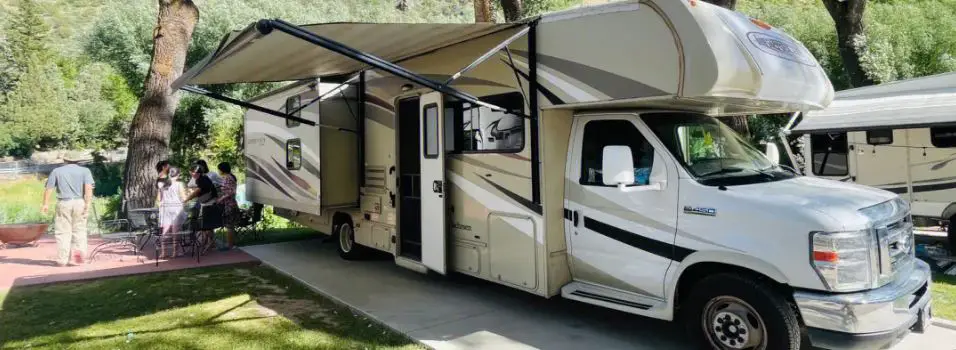
Expert Tips for Finding RV Deals
Take advantage of the following expert tips and tricks for unlocking additional savings opportunities in your RV search:
- Join RV consumer forums to gain insider recommendations on dealers offering the best discount pricing and user experiences. Avid RVers are happy to share the sites they’ve bought from at major savings.
- Follow dealers, RV trader websites, and industry experts on social media to receive alerts on short-term promotions, inventory closeouts, and special buying events as soon as they are announced. Being first in line scores the best deals.
- Google search “RV warranty secret warranties” to identify extended warranty coverage offered by manufacturers on some models due to known defects or frequent repairs. This can sway the used RVs you consider and potentially score you free mechanical coverage.
- For the largest possible discount when trading in an old RV, sell it outright privately instead. This eliminates dealer trade-in profit and allows you to maximize your sale price, generating more equity towards the new purchase.
- Carefully calculate the total annual costs of RV ownership including loan payments, insurance, maintenance, storage fees, fuel, etc so you buy the RV that aligns with your actual budget. Oversizing leads to unaffordable long-term costs.
Questions to Ask Dealers to Uncover Best Offers
Equip yourself to recognize true deals versus sales gimmicks by asking the right questions to dealers:
- Is this the absolute lowest price you can offer on this RV right now, or is there any flexibility?
- Does this RV qualify for any current factory incentives or rebates that lower the price?
- Are there any fees that can be waived if I pay for the RV in full upfront?
- Does paying cash change the pricing at all? How much for a cash discount?
- Will you match competitor pricing/financing offers I’ve received on the same unit?
Conclusion of How to find the best deals to buy a RV
Finding the optimal RV at the absolute lowest price requires diligence, patience and strategy. There are deals to be uncovered if you perform the required research, expand your search radius, know when to time negotiations, prepare financing, and expertly negotiate every aspect of the purchase.
While buying a discounted used RV provides the greatest upfront value, even new RVs can be bought well below MSRP through a combination of RV show promotions, off-season buying, cross-country inventory searches, and competitive proposal requests. Set a goal to comparison shop over a 60-90 day period to allow time to identify bargains.
Approach negotiations as a package deal encompassing purchase price, add-ons, fees, loan rates and terms. Be armed with the best offer in hand as leverage over other sellers. Cast a wide enough seller net, wait for optimal timing, and negotiate hard on every element of the RV purchase to maximize savings by thousands to tens of thousands below average deals. Commit the time and effort upfront to secure the RV you want at a game-changing price.
Frequently Asked Questions
What is the cheapest way to buy an RV?
The cheapest way is typically buying used from a private seller rather than a dealer. This eliminates markup and fees, allowing you to get the lowest price straight from an owner. Shop classified listings for private sellers advertising RVs well below book value.
Should I buy new or used RV?
In most cases, buying used saves 25-50% over new RV prices. But new RVs offer the latest features, floorplans and technology, as well as warranty coverage. Weigh new vs used based on your budget flexibility, planned ownership timeframe, and tolerance for repairs.
How much discount can you get on a new RV?
With the right negotiation strategy, you can often get 10-20% off MSRP pricing on new RVs. Discounts of 25% or more are possible during major sales events, closeouts, or negotiating with multiple dealerships. Time your purchase right and negotiate hard.
Should I buy RV out of state to save money?
Widening your search nationally can absolutely yield major savings, even after transport costs. Out of state dealers are often thousands below local pricing. Calculate shipping costs against potential purchase savings when considering out of state buys.
How can I get approved for the lowest RV loan rate?
Having great credit in the 700s and getting pre-approved by lenders before negotiation gives you the most leverage for lowest rates. Then negotiate hard with dealers on rates, terms, fees using your outside pre-approval as baseline pricing reference.


